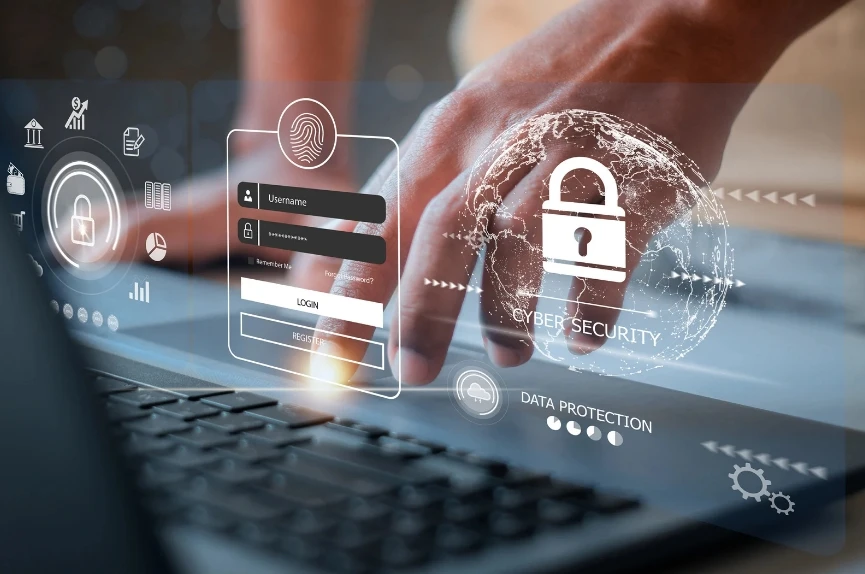The digital age has brought undeniable convenience and connectivity. However, with every benefit comes a risk. As we navigate the vast online landscape, our personal information is constantly under threat from cyberattacks. Data breaches, malware, and phishing scams are just a few of the dangers lurking in the digital shadows.
But fear not! By adopting a proactive approach and implementing essential cybersecurity practices, you can significantly bolster your defenses and protect your valuable data. This comprehensive guide will equip you with the knowledge and tools necessary to navigate the digital world with confidence.
Understanding the Threats: A Cybersecurity Primer
Before diving into defense strategies, it’s crucial to understand the most common cybersecurity threats:
- Malware: Malicious software designed to steal data, disrupt operations, or gain unauthorized access to systems.
- Phishing Scams: Deceptive emails or messages disguised as legitimate sources, attempting to trick users into revealing sensitive information.
- Data Breaches: Unauthorized access to a system or database containing sensitive information.
- Social Engineering: The manipulation of human psychology to trick users into divulging personal information or clicking on malicious links.
Building Your Digital Fortress: Essential Cybersecurity Practices
Now that you’re familiar with the threats, let’s explore effective ways to safeguard your data:
-
Strong Passwords & Multi-Factor Authentication (MFA):
Employ robust passwords with a combination of uppercase and lowercase letters, numbers, and symbols. Never reuse passwords across accounts. MFA adds an extra layer of security by requiring a second verification code when logging in. -
Software Updates:
Outdated software often contains vulnerabilities that cybercriminals exploit. Set your devices and programs to update automatically whenever possible. -
Antivirus & Anti-malware Software:
Install and maintain reputable antivirus and anti-malware software on all your devices. These programs act as your digital security guards, constantly scanning for and neutralizing threats. -
Beware of Suspicious Links & Attachments:
Think before you click! Never open untrusted links or attachments in emails, even if they appear to be from legitimate sources. Phishing scams often rely on these tactics to steal information. -
Secure Your Wi-Fi Networks:
Avoid using public Wi-Fi networks for sensitive activities like online banking. If you must use public Wi-Fi, consider using a virtual private network (VPN) to encrypt your data traffic. -
Data Backups:
Regularly back up your important data to a secure external storage device or cloud storage service. In the event of a cyberattack or hardware failure, backups ensure you don’t lose irreplaceable information.
Building a Culture of Cybersecurity Awareness
Cybersecurity is not a one-time fix; it’s an ongoing process. Staying informed about the latest threats and continuously adapting your security measures is crucial. Consider these additional tips:
- Be Wary of Social Media Oversharing:
Limit the amount of personal information you share on social media platforms. - Enable Two-factor Authentication on Social Media Accounts:
Most social media platforms offer two-factor authentication for added security. Turn it on for all your accounts. - Educate Yourself & Others: Stay informed about the latest cybersecurity threats and best practices. Share this knowledge with your family and friends to encourage a collective effort towards online safety.
Conclusion: Securing Your Digital Future
By implementing these essential cybersecurity practices, you can significantly reduce your risk of falling victim to cyberattacks. Remember, protecting your data is an ongoing responsibility. Stay vigilant, stay informed, and enjoy the vast possibilities of the digital world with confidence!

